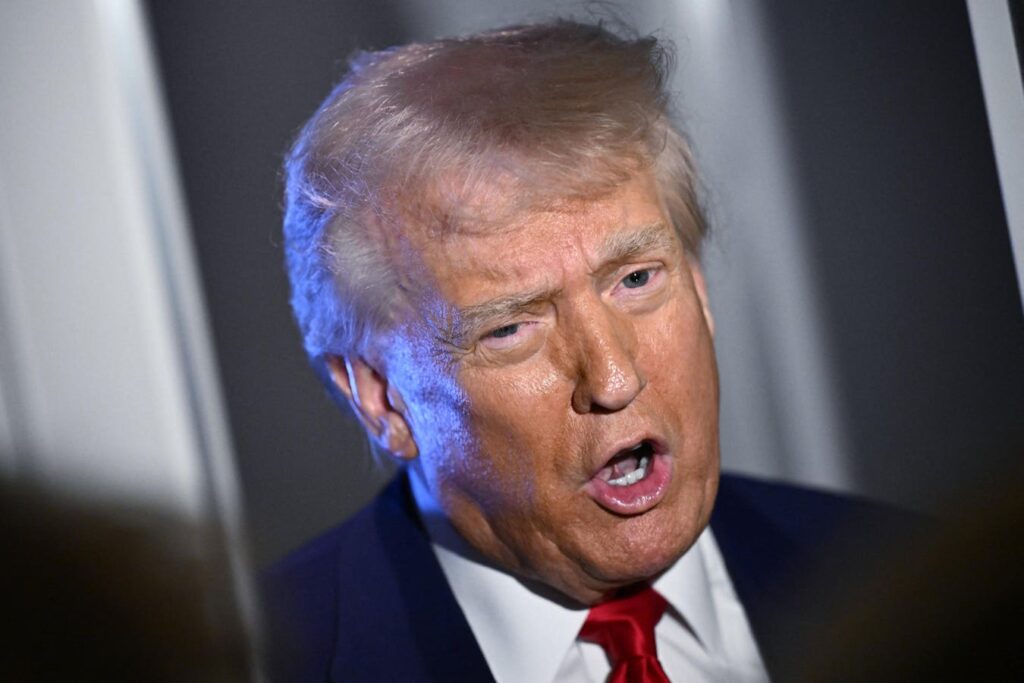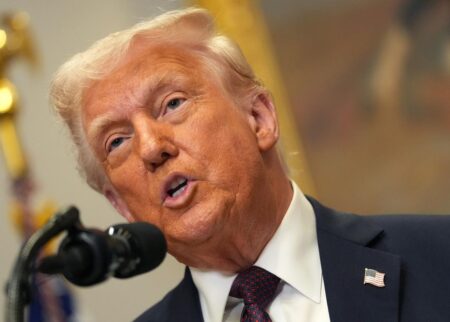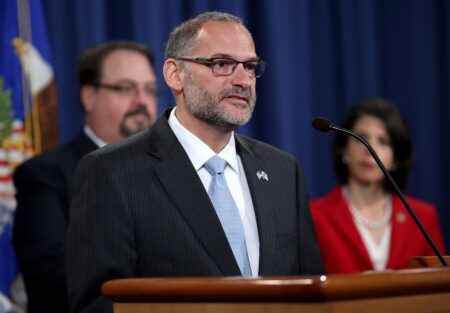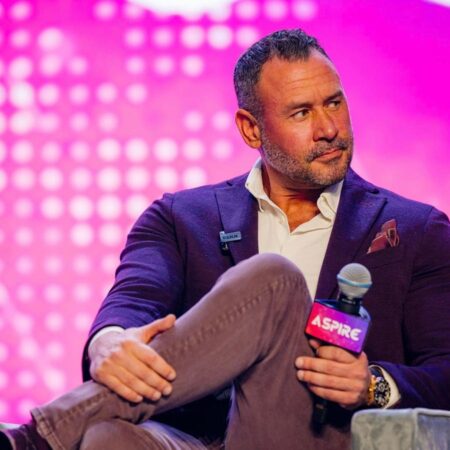President Donald Trump and Republican officials have made clear in recent months that they want roll back student loan forgiveness, including longstanding programs that historically have had bipartisan support. Programs are being targeted on multiple fronts through executive actions, legal challenges, and legislation.
The net result is a heightened degree of uncertainty for millions of student loan borrowers. Many loan forgiveness programs require years of payments before someone can qualify for student debt relief, and borrowers often make key personal and financial decisions premised on the promise of eventual loan forgiveness. But the landscape for borrowers is more volatile than ever, making it exceedingly challenging to plan for the future.
Here’s where things currently stand on efforts to gut federal student loan forgiveness programs, and what borrowers should know.
Student Loan Forgiveness Under The SAVE Plan
Student loan forgiveness remains blocked under the SAVE plan, an income-driven repayment program launched by the Biden administration in 2023. SAVE, like all other IDR plans, provides for loan forgiveness after 20 or 25 years in repayment. But the plan can allow for faster loan forgiveness for certain borrowers who initially took out relatively small student loan amounts.
Months after the SAVE plan went live, a group of Republican-led states filed a legal challenge last spring to halt the program. In August of last year, the 8th Circuit Court of Appeals issued a preliminary injunction that prevents the Department of Education from implementing the SAVE plan while the lawsuit proceeds. As a result, more than eight millions borrowers were forced into a forbearance which halted payments, interest, and all progress toward student loan forgiveness.
In February, the 8th Circuit issued a new ruling that reaffirmed and expanded the SAVE plan injunction, keeping the program stuck in limbo. The court all but said that the program is likely to ultimately get struck down, although that has not happened yet.
Meanwhile, Republican lawmakers in Congress are working on legislation to expand and make permanent massive tax cuts. To offset the associated costs, GOP leaders want to scrap several student loan forgiveness programs, including the SAVE plan in its entirety. While the SAVE plan technically still exists, it appears nearly certain that one way or another, the program will end.
Student Loan Forgiveness Under Other Income Driven Repayment Plans
The good news for borrowers is that SAVE is not the only income-driven repayment option. There’s also Income-Contingent Repayment, Income-Based Repayment, and Pay As You Earn; these plans are often referred to by their acronyms (ICR, IBR, and PAYE, respectively). These plans can also provide affordable payments and eventual student loan forgiveness, although their terms are not as generous as the SAVE plan.
But these other income-driven repayment options are also mired in turmoil. As a result of the 8th Circuit’s recent rulings, which calls into question not only the SAVE plan but the underlying statute that authorized the creation of several distinct IDR plans, student loan forgiveness at the end of the 20- or 25-year repayment term is currently blocked for the ICR and PAYE plans. Borrowers can still repay their student loans under these plans, but if they reach the threshold for loan forgiveness, they cannot receive a discharge at this time. Instead, these borrowers are supposed to be put into a forbearance while the legal challenge continues, according to the Department of Education. Meanwhile, the Department of Education announced this week that it intends on rewriting the rules for the ICR and PAYE plans – possibly to eliminate any possibility of student loan forgiveness under these programs.
Student loan forgiveness through the IBR plan remains available, as IBR was created separately by Congress and the underlying statute is not being challenged. However, all IDR plans – including IBR – are effectively still blocked by the Trump administration. In response to the 8th Circuit’s February court order, the Department of Education took down the IDR application and prevented borrowers from applying to any of the four plans. After a national labor union and student loan borrower advocacy group filed a legal challenge against the Trump administration arguing that the shutdown was unlawful, the department reopened IDR applications for ICR, PAYE, and IBR. However, processing still remains paused.
A key court hearing is scheduled for later this month to determine if the Trump administration should be ordered to resume processing, or if borrowers should be entitled to relief (such as student loan forgiveness credit associated with a forced forbearance).
Student Loan Forgiveness Through PSLF
If there’s any other student loan forgiveness program that is being targeted on the same scale as the SAVE plan, it’s Public Service Loan Forgiveness. PSLF offers loan forgiveness to borrowers who commit to working in traditionally lower-paying roles in the nonprofit or government sectors for at least 10 years while meeting other key program requirements. Once a bipartisan program signed into law by President George W. Bush, PSLF has now become a major target of Republican lawmakers and the Trump administration.
Even without being directly targeted, borrowers on track for PSLF have been impacted by the SAVE plan litigation and subsequent shutdown of the income-driven repayment system. Borrowers who were thrown into a forbearance because they were in the SAVE plan cannot make ongoing progress toward student loan forgiveness through PSLF, and have been unable to change to a different repayment plan. And those who want to enroll in PSLF may not be able to do so, as typically an income-driven repayment plan is a required component for PSLF borrowers pursuing student loan forgiveness.
But PSLF is also being directly targeted. In March, President Trump issued an executive order to limit eligibility for student loan forgiveness based on an organization’s activities. The Trump administration has argued that the changes are necessary so that organizations engaging in “illegal” actions cannot benefit from PSLF. Critics, however, say that the definition of “illegal” is so broad and vague that it could allow the Department of Education to to block loan forgiveness under PSLF for any organization that the administration disagrees with.
The executive order has so far not gone into full effect, as it directs the department to draft regulations implementing it – a process that can take well over a year. But this week, the Department of Education initiated a rulemaking process to do just that. Many observers expect legal challenges, as only Congress can fundamentally change the PSLF program.
GOP leaders in Congress are, however, also considering potential changes to PSLF. Some suggestions include limiting student loan forgiveness under the program based on a borrower’s income, or capping loan forgiveness at a certain amount to prevent higher-income earners who take on large amounts of student debt – such as doctors and attorneys – from benefiting. Typically, when Congress restricts longstanding benefits through legislation, the changes would only apply to new loans going forward, effectively grandfathering in current borrowers. But it remains to be seen what Congress will do here, as no draft legislation has yet been released.
Other Student Loan Forgiveness Programs Targeted
Republican lawmakers in Congress are also considering including other changes to student loan forgiveness programs in its upcoming bill to extend tax cuts. These include repealing Biden-era regulations that have made it easier for borrowers to qualify for debt relief under Borrower Defense to Repayment and Closed School Discharges, two programs that can cancel the federal student debt for borrowers who were harmed by their school. Lawmakers may also try to repeal all existing income-driven repayment plans and replace those plans with a new program that does away with time-based student loan forgiveness, potentially trapping borrowers in debt for decades.
GOP congressional leaders are also considering changes to the tax code that could indirectly impact student loan forgiveness programs, but could still have profound consequences for borrowers. Proposals include changing the tax-exempt status of nonprofit hospitals, which could eliminate PSLF eligibility for millions of healthcare workers, and not extending federal tax relief on certain federal student loan forgiveness programs.
Read the full article here
















